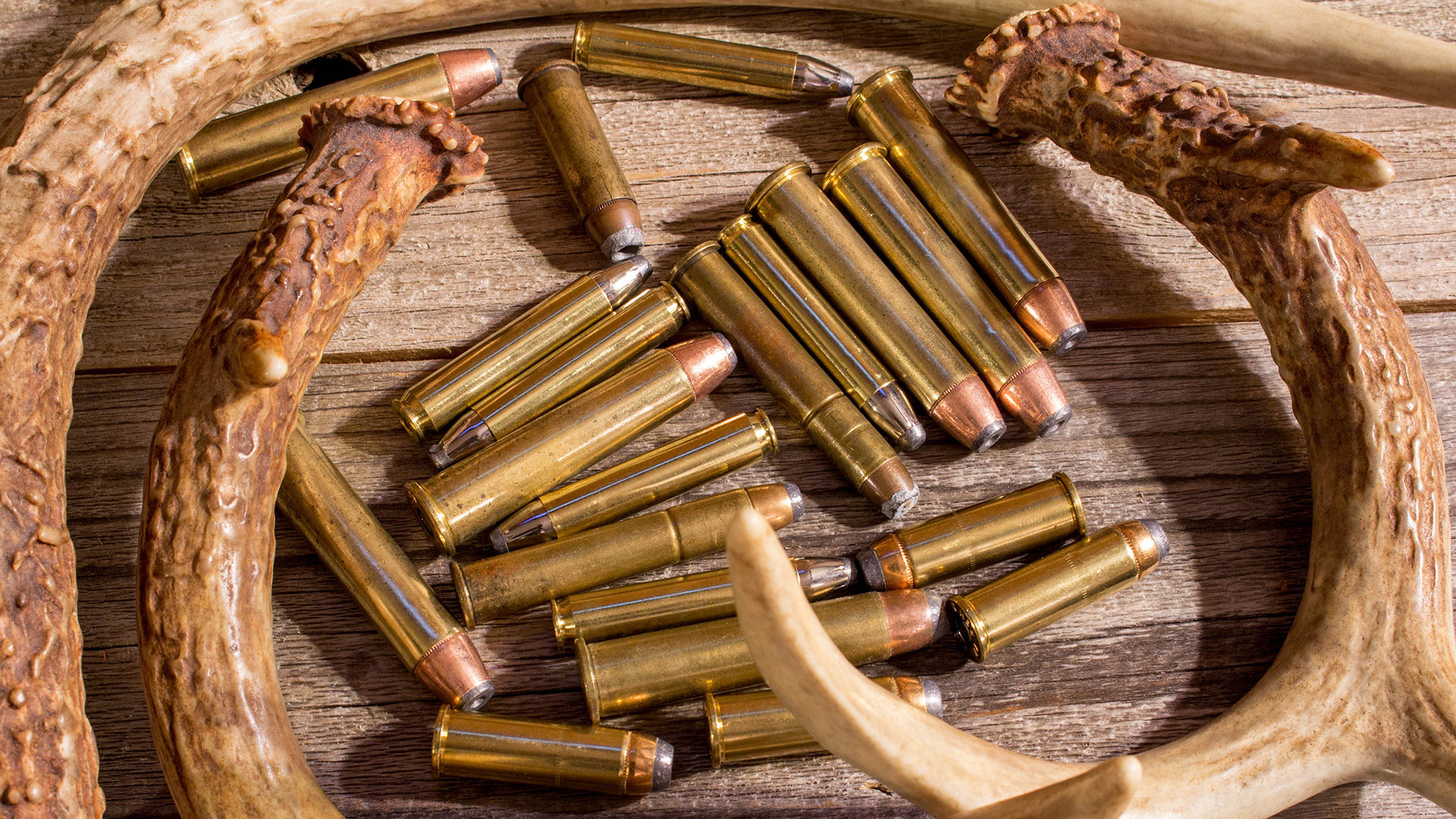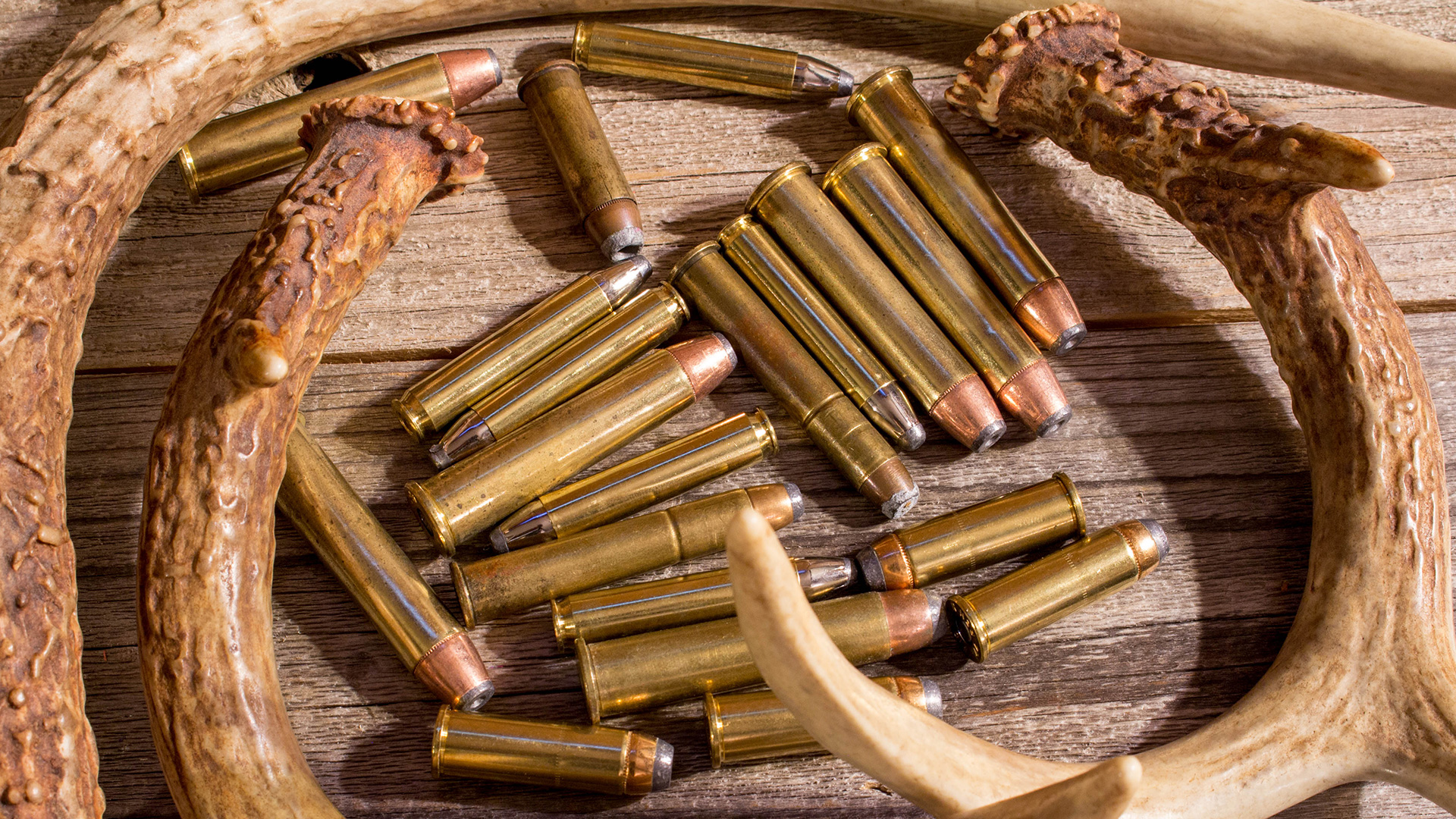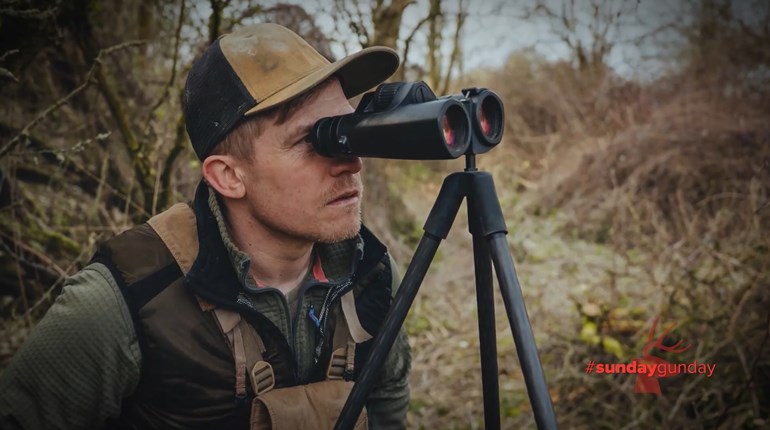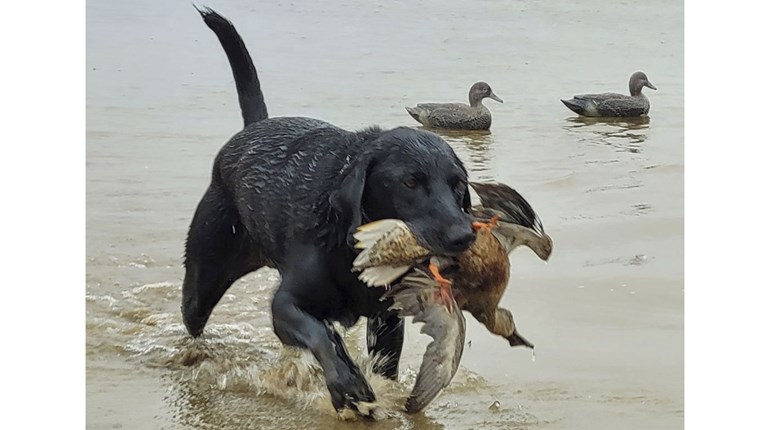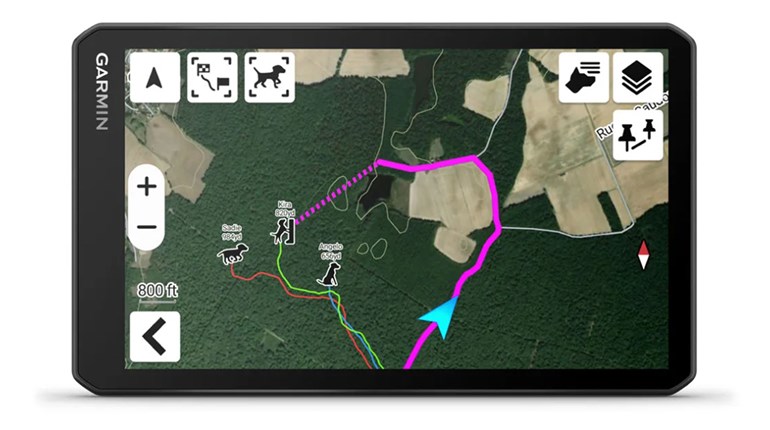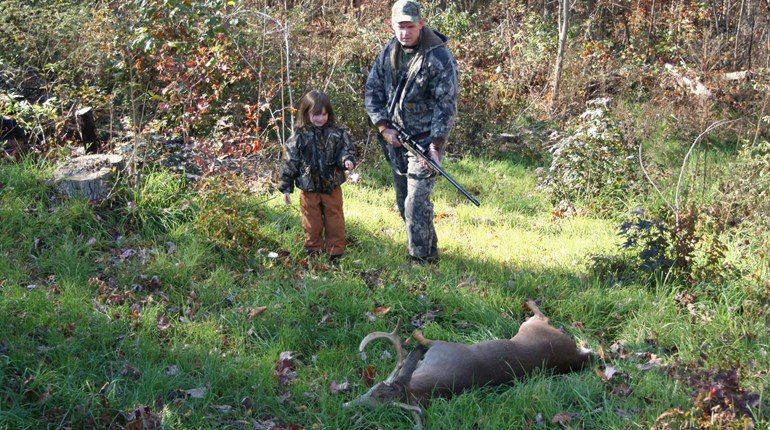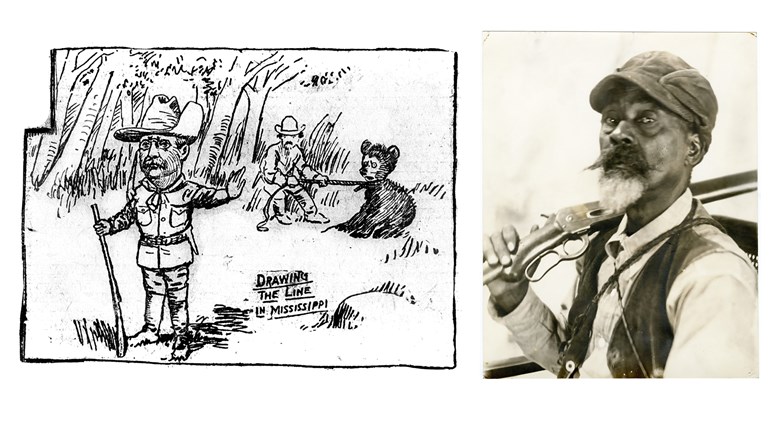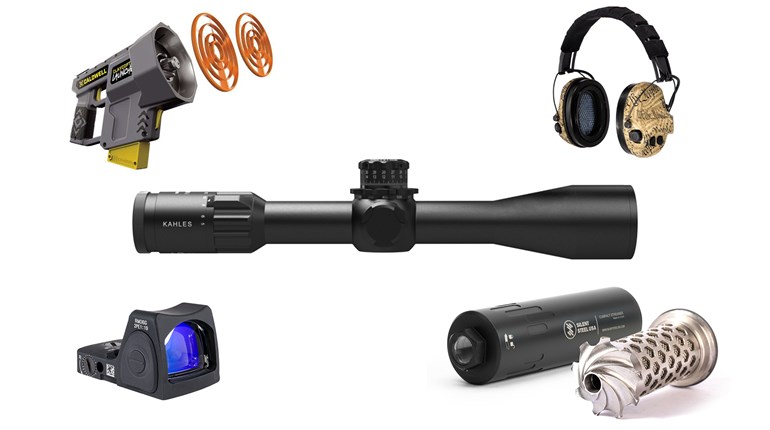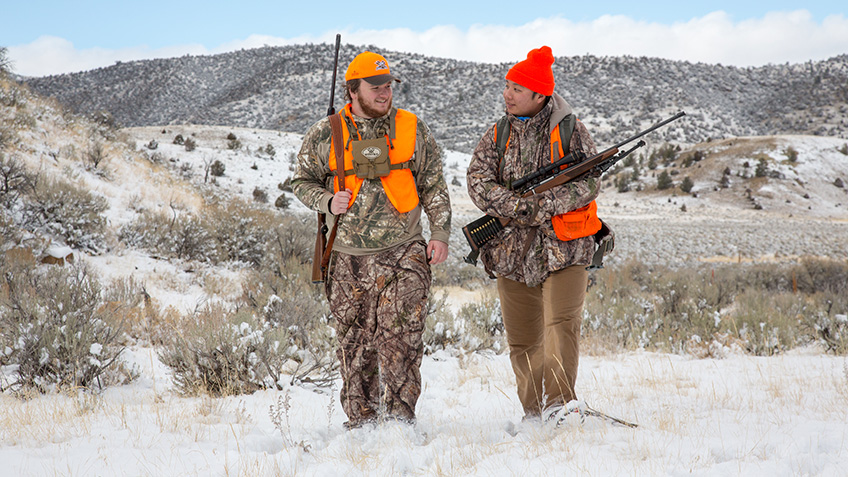
Those who tend to view wild birds and animals as near-equals now make up 35 percent of the U.S. population, easily outdistancing the 28 percent of Americans holding more traditional, utilitarian views of wildlife found among hunters, anglers, farmers and ranchers.
People with those two outlooks form the largest of four such viewpoints defined in a 2018 study of Americans’ wildlife attitudes. That research project, “America’s Wildlife Values,” was conducted by Colorado State University, The Ohio State University and Responsive Management of Harrisonburg, Va., on behalf of the Western Association of Fish and Wildlife Agencies and the Midwest Association of Fish and Wildlife Agencies.
The study’s purpose was to better understand why state fish and wildlife agencies increasingly encounter conflict while trying to manage the nation’s fish and wildlife populations. The researchers surveyed U.S. residents proportionally across all 50 states to learn how they think about wildlife, and how those perspectives affect wildlife professionals.
After analyzing surveys taken by nearly 44,000 people across all 50 states, researchers classified Americans into four categories:
• Mutualists: These Americans (35 percent) see wildlife as part of their social network. They like to think humans and wildlife can live side by side without fear, and that wild animals deserve much the same care and rights as people. States where at least 40 percent of residents hold mutualist values are California, Connecticut, Florida, Massachusetts, Nevada, New York and Rhode Island.
• Traditionalists (utilitarians): These Americans (28 percent) think wildlife should be used and managed for human benefits. States where at least 40 percent of residents hold traditional values are Alabama, North Dakota, South Dakota and Wyoming.
• Pluralists: These Americans (21 percent) hold both traditional and mutualistic values. They tend to let context or situations determine if they view wildlife socially or practically. States where at least 28 percent of residents hold pluralist values are Arkansas, Kentucky, Mississippi, Montana, West Virginia and Vermont.
• Distanced: These Americans (15 percent) give little thought to wildlife and show little interest in it. States where at least 17 percent of residents hold distanced values are California, Illinois, Maryland, Massachusetts, New Jersey and New York.
In other words, half of Americans either consider wildlife as near-equals or they seldom think or care about it. In fact, the study found 64.5 percent of those surveyed have “anthropomorphic tendencies” regarding wildlife. That is, they assign human traits, motives, behaviors and skills to animals; and they think animals reciprocate emotion and purposely try to outsmart people.
Cultural Divides
The researchers also documented differences in how America’s diverse communities of whites, blacks, Asians, Hispanics and Native Americans/Native Alaskans view wildlife:
• Whites were most likely to be judged “traditionalists,” those who think it’s appropriate to manage/control wildlife populations for food, recreation and other human benefits. Hispanics were least likely to think that way. The study classified 33 percent of whites as traditionalists, while 26 percent of blacks, 23 percent of Native Americans (in the Lower 48 and Alaska), 17 percent of Asians and 16 percent of Hispanics held those values.
• Blacks were most likely to be judged “distanced,” those who seldom think about wildlife or show interest in wild birds and animals. Whites were least likely to be indifferent. The study classified 27 percent of blacks as distanced, while 24 percent of Asians and Native peoples, 17 percent of Hispanics, and 12 percent of whites held those values.
• Hispanics were most likely to be judged “mutualists,” those who commonly hold anthropomorphic views of wildlife, and consider birds and animals part of their social network. Blacks and native peoples were least likely to feel that way. The study classified 50 percent of Hispanics as mutualists, while 43 percent of Asians, 32 percent of whites, and 28 percent of blacks and Native peoples held those values.
• Native peoples were most likely to be judged “pluralists,” those who hold both mutualist and traditional values, and let context or situations determine when to view wildlife in practical or social terms. The study classified 36 percent of Native peoples as pluralists, while 24 percent of whites, 19 percent of blacks, 17 percent of Hispanics, and 16 percent of Asians held those values.
Agency Challenges
The study found, however, that mutualist values are uncommon among agency professionals (8 percent). Further, more Americans trust their state wildlife agency (60 percent) than their state (36 percent) or federal (25 percent) governments.
Despite the apparent objectivity of agency staff and widespread public trust in the agencies themselves, agency leaders must recognize that our increasingly urban, modern U.S. lifestyles have shifted the public’s wildlife values. And those values are holding steady. The study’s authors said public attitudes could change again, but it would likely take a significant event to reverse the current course.

Therefore, agencies must consider “modern” values a long-term challenge, similar to prolonged droughts, increases in invasive species, decreases in hunter numbers, and losses and alterations to natural habitats. That recognition should help agencies anticipate mutualist reactions to human-wildlife conflicts. In general, people with mutualist values don’t believe lethal controls are sometimes necessary for managing wildlife populations and individual problem animals.
The study, however, also found opportunities within race/ethnic groups to recruit new hunters and anglers in the years ahead. For instance, the groups most interested in learning to hunt in the future were Native peoples (32 percent); blacks (18 percent); Hispanics/Latinos (16 percent); and whites (15 percent). Likewise, the groups most interested in learning to fish in the future were Native peoples (46 percent); blacks (36 percent); and whites and Hispanics (31 percent).
Most agency workforces, however, don’t match the diversity of their state’s citizenry. Although 60.5 percent of the American population was white in 2018, whites held nearly 91 percent of jobs in state fish-and-wildlife agencies.
The study’s authors also found that conflicts over fish and wildlife typically aren’t triggered by biology and ecological science. They’re usually sparked by clashing goals of people with differing social values and wildlife perspective. And those differences likely won’t improve soon as more Americans continually lose day-to-day contact with wildlife.




